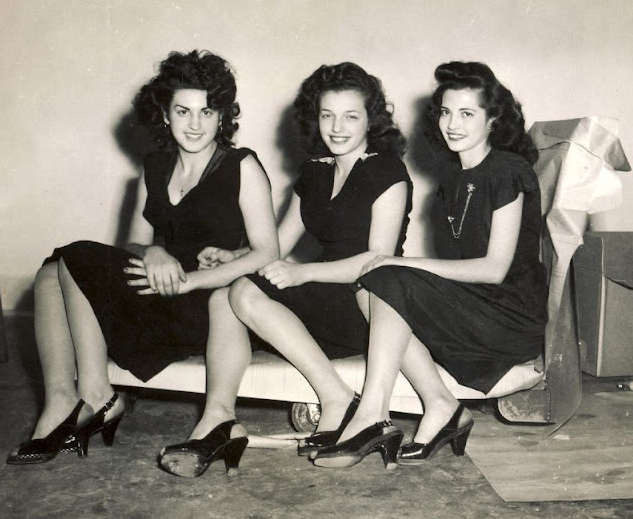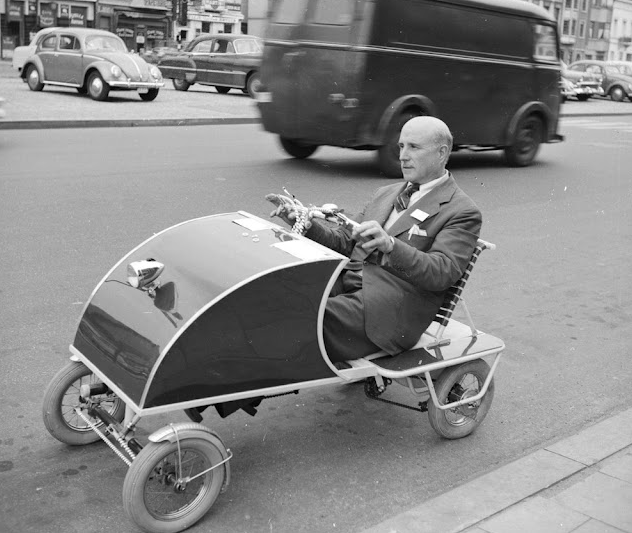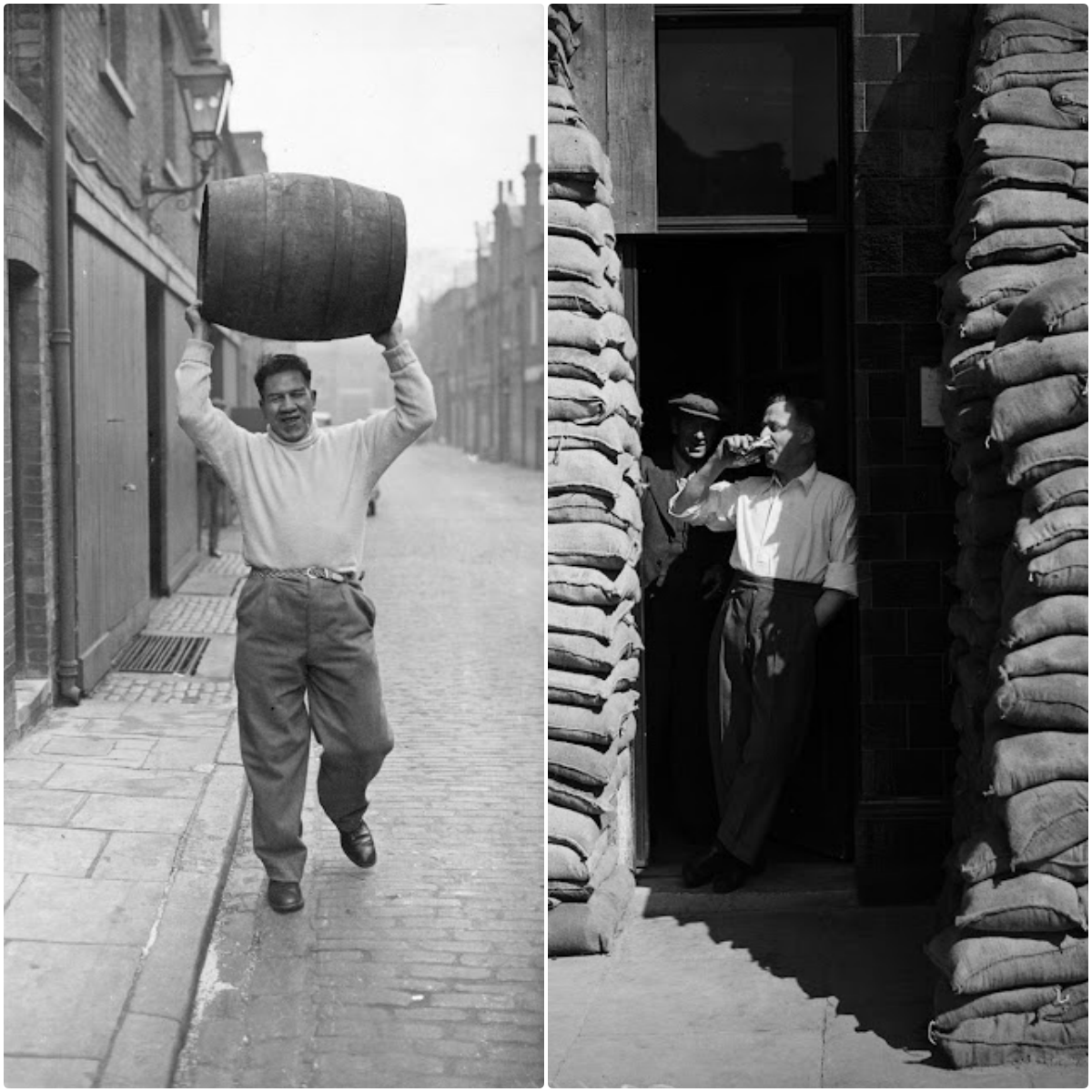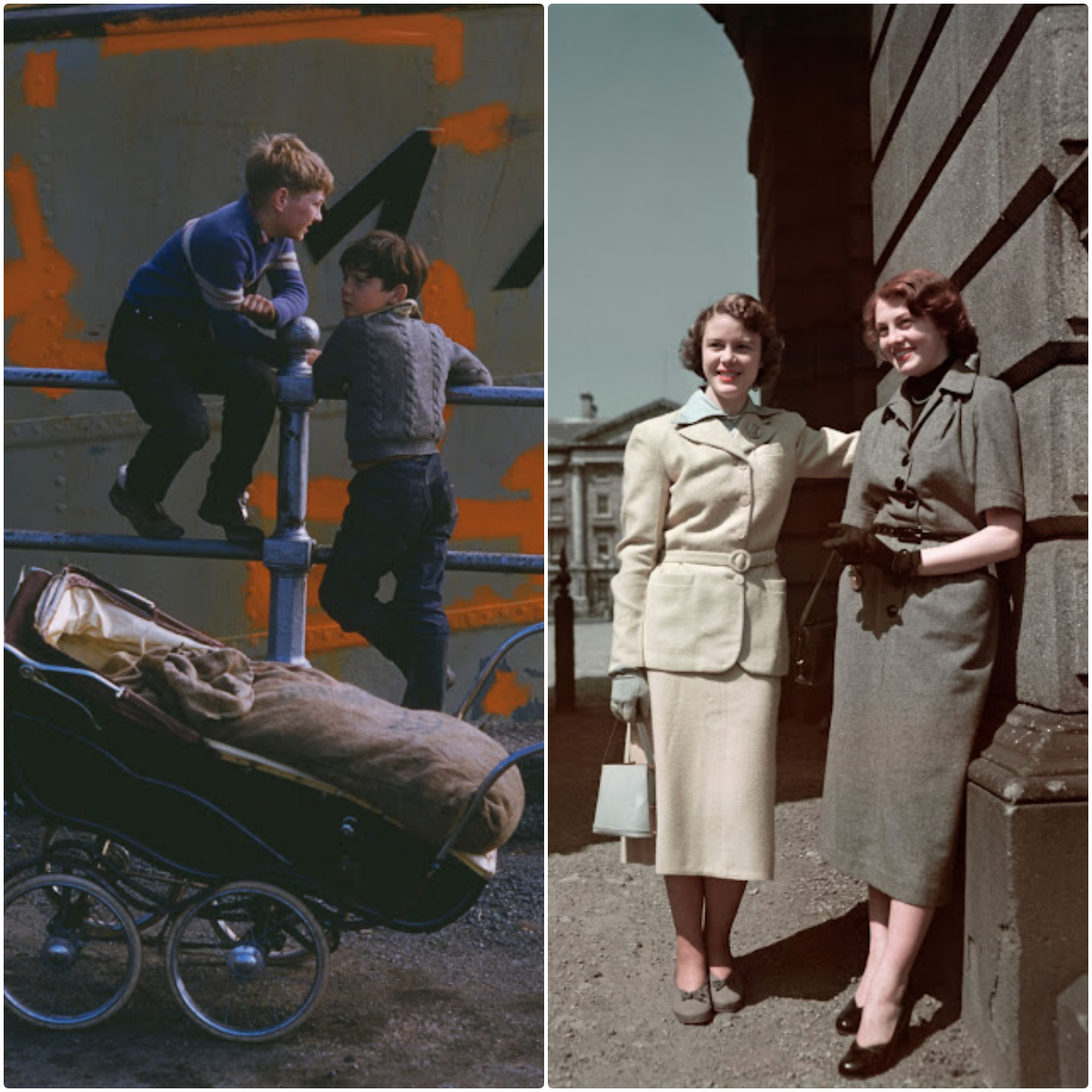World War II ended in 1945. Most members of the armed forces came home en masse, numbering in the millions. To integrate millions of young veterans into the American economy, the 78th Congress passed the GI Bill of Rights on June 22, 1944. It was the most far-reaching item of veterans legislation passed in the nation's history. VA loans for homes and farms were made available to GIs at low interest rates, and low or no down payment. In addition, the GI Bill made higher education a reachable goal with low-interest loans.
The first baby boomers reached the standard retirement age of 65 in 2011. Today, members of the baby boomer generation are just beginning to leave the labor force and enter retirement.

|
| A staff nurse greets some new arrivals at the Queen Charlotte Hospital in London. Jan. 25, 1945. |
Babies, Babies, and More Babies: Historical Photos From the 1940s and 1950s Show How Huge the Baby Boom Was

|
| Nurses hold babies in a maternity ward at Guy's Hospital, London. Dec. 1, 1947. |
Babies, Babies, and More Babies: Historical Photos From the 1940s and 1950s Show How Huge the Baby Boom Was

|
| Infants and toddlers in an orphanage in post-war Japan, c.1948. |
Babies, Babies, and More Babies: Historical Photos From the 1940s and 1950s Show How Huge the Baby Boom Was

|
| An overcrowded dining hall at Walsgrave Colliery School near Coventry, England filled by children of the post war baby boom, 1952. |
Babies, Babies, and More Babies: Historical Photos From the 1940s and 1950s Show How Huge the Baby Boom Was

|
| A crowd of schoolchildren in the playground of Walsgrave Colliery School near Coventry, England, 1952. |
Babies, Babies, and More Babies: Historical Photos From the 1940s and 1950s Show How Huge the Baby Boom Was

|
| 27-year-old Briton Ivy Bourne, mother of triplets and twins. Her mother had a total of 22 children, including one set of triplets and four sets of twins. Jan. 31, 1953. |
Babies, Babies, and More Babies: Historical Photos From the 1940s and 1950s Show How Huge the Baby Boom Was
 |
| The Finslater triplets at home, March 1955. |
Babies, Babies, and More Babies: Historical Photos From the 1940s and 1950s Show How Huge the Baby Boom Was
 |
| Nurses with newborns at a hospital in Paris. Jan. 1, 1946. |
Babies, Babies, and More Babies: Historical Photos From the 1940s and 1950s Show How Huge the Baby Boom Was
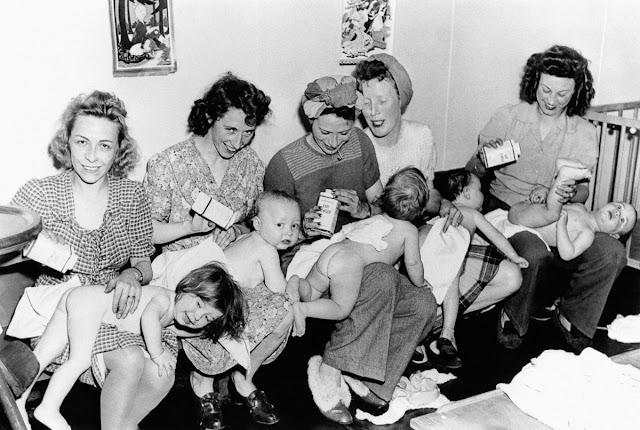 |
| New mothers change their babies' diapers in New York City. March 15, 1946. |
Babies, Babies, and More Babies: Historical Photos From the 1940s and 1950s Show How Huge the Baby Boom Was
 |
| A nurse cares for one of many infants at St. Ann's Infant Asylum in Washington, D.C. May 16, 1946. |
Babies, Babies, and More Babies: Historical Photos From the 1940s and 1950s Show How Huge the Baby Boom Was
 |
| Participants in a baby show in England, c.1950. |
Babies, Babies, and More Babies: Historical Photos From the 1940s and 1950s Show How Huge the Baby Boom Was
 |
| The first babies of the new year in a maternity ward in Paris. Jan. 1, 1946. |
Babies, Babies, and More Babies: Historical Photos From the 1940s and 1950s Show How Huge the Baby Boom Was

|
| Prisoner mothers bathe their babies in a hospital ward at Holloway Prison in London, March 1947. |
